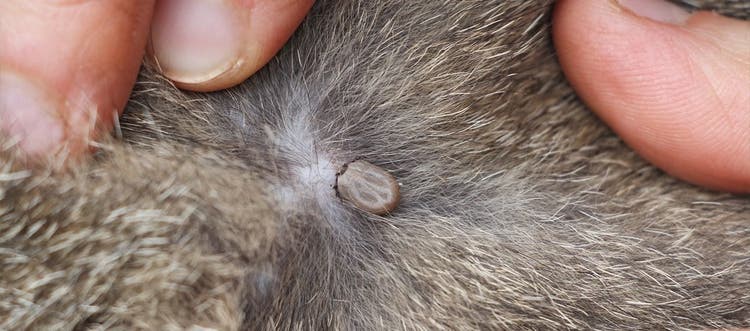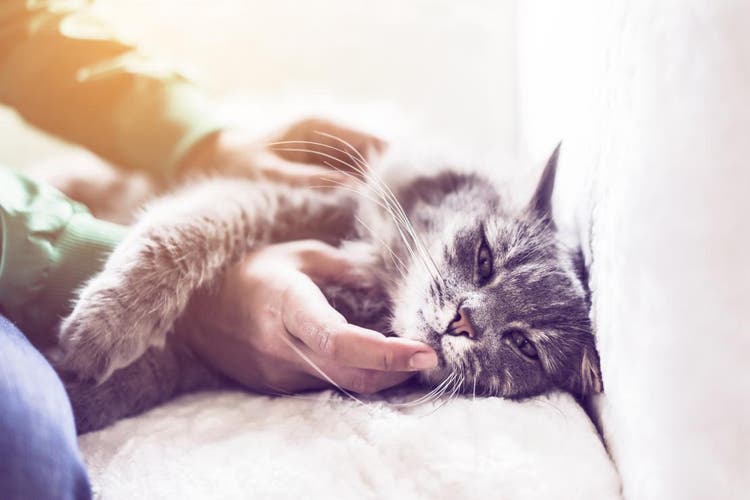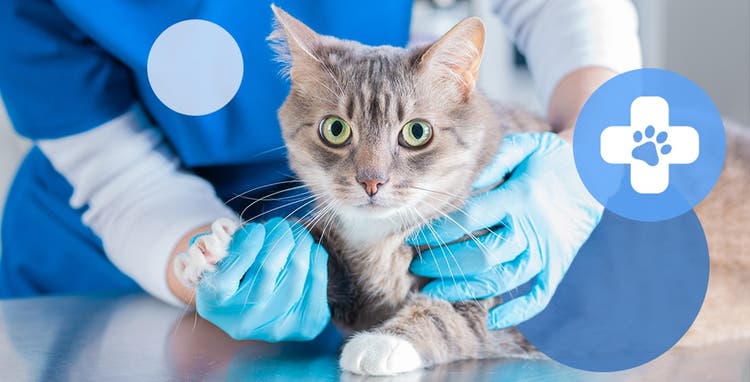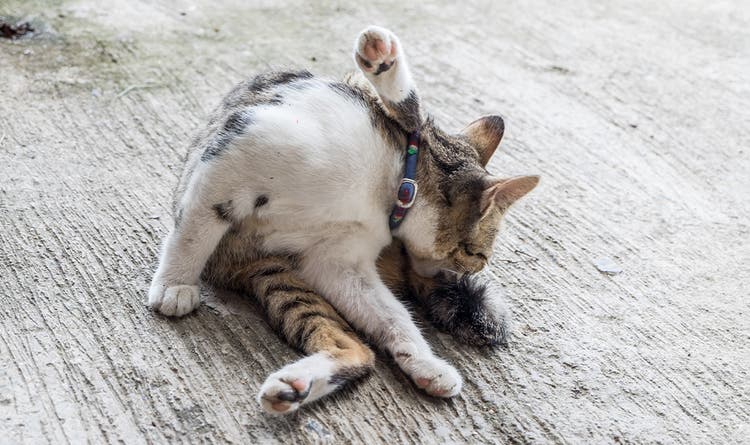The causes and treatments for cat anemia.
Just like humans, cats are at risk for anemia. Familiarizing yourself with the condition, as well as symptoms to watch for and treatment options, can help you keep your cat feeling their best.
What Is Anemia?
In both humans and cats, anemia occurs when the body isn’t producing enough red blood cells. The oxygen these cells carry is essential for all bodily functions — if your cat’s oxygen transportation system isn’t working, it can cause serious problems.
Although sudden and severe anemia can be life-threatening in cats, milder and more gradual cases tend to respond better to treatments. Any time you suspect that your cat is sick, take them to your vet as soon as possible.
Symptoms of Anemia in Cats
Anemia affects the amount of oxygen in your cat’s body, so the symptoms often reflect your cat not being able to get enough air. Symptoms can include:
- Increased respiratory rate and rapid chest movements
- Open-mouth breathing (because your cat is trying to get more oxygen)
- Weakness or lethargy
- Loss of appetite
- Pale gums (they will look whitish instead of red or pink)
- Seizures (these occur when the brain isn’t getting enough oxygen)
When you take your cat to the vet, your veterinarian will do bloodwork to check your pet’s red blood cell count and look for an underlying cause (if it’s not already obvious). The vet may also take X-rays or perform an ultrasound.
Causes of Anemia in Cats
There are several different causes of anemia in cats. They include:
- Kidney disease
- Chronic inflammation
- Autoimmune disease
- Infections
- Trauma/blood loss
The term “trauma/blood loss” may bring to mind situations when blood is pooling from a wound or other trauma. However, two of the most common causes of anemia from blood loss in cats are due to flea and/or tick infestations and hookworm infections.
Is Anemia in Cats Dangerous?
Fleas and ticks drink animals’ blood to live and reproduce. When cats are heavily infested (particularly small cats or kittens), they can lose so much blood to these biting pests that they become anemic. In some cases, the condition is so severe that the cat can die.
Hookworms, like fleas and ticks, drink blood from cats. Differing from fleas and ticks, hookworms live inside the cat’s intestines; they use their sharp mouthparts to attach to the intestinal wall and consume blood. Heavy infections can cause rapid blood loss and even death.
How to Treat Anemia in Cats and Kittens
Depending on the cause of anemia, your vet may review different treatment options with you. Treating anemia stemming from diseases such as kidney disease can be complicated, possibly requiring multiple medications and blood transfusions.
Anemia associated with flea, tick or hookworm infestation is handled by killing and eliminating the blood-sucking parasites. Once the parasites are removed and no longer feeding on your pet, the cat’s body will be able to replenish its oxygen-carrying red blood cells back to normal levels.
Talk to your veterinarian about how you can prevent, treat and control fleas, as well as intestinal parasites such as hookworms.






